1. Automated Floor Plan Generation
AI-powered tools can automatically produce accurate floor plans from minimal input, drastically reducing the need for manual drafting. By interpreting sketches, photographs, or laser scans of a space, machine learning models identify walls, doors, and windows and convert them into precise digital layouts. This speeds up the initial design phase and minimizes human errors in measurements. The technology enables architects and homeowners to quickly iterate on different layout configurations, saving time that was once spent drawing and redrawing plans. Overall, automated floor plan generation streamlines project kick-offs by providing a reliable starting blueprint in a fraction of the traditional time.
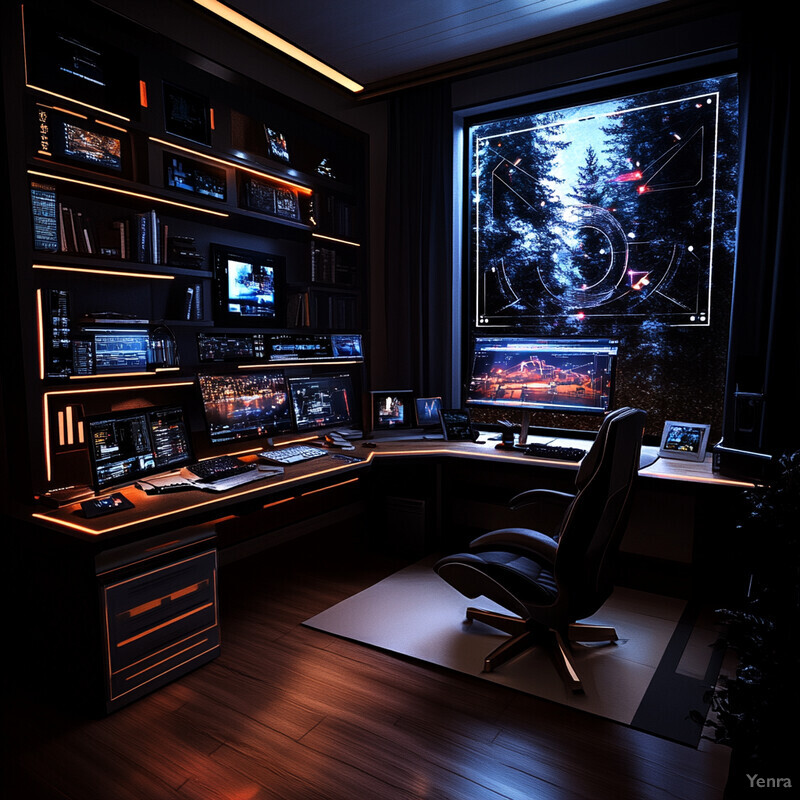
Recent advances in computer vision and generative models have made automated floor planning highly practical. For example, diffusion-based AI systems can now generate and even edit floor plan layouts interactively while strictly adhering to user specifications. One 2024 study introduced a workflow that uses a large language model plus a graph-based neural network to parse design requirements and output complete floor plans, achieving higher precision (measured by Intersection-over-Union) than earlier one-shot methods. Commercial applications are emerging as well: an AI platform for office design claims it can produce a fully compliant, customized layout within seconds, whereas traditional CAD drafting could take days. Such tools factor in room dimensions and even building codes during generation, delivering ready-to-use plans. As a result, firms report significant efficiency gains—early adopters indicate that AI-based floor plan generators have cut their initial drafting time by over 50%, freeing designers to focus on creative refinements.
2. Real-Time Space Visualization
Augmented reality (AR) and virtual reality (VR) tools enhanced by AI allow homeowners to visualize redesigns in real time before any construction begins. Users can don an AR headset or use a mobile app to see virtual furniture, finishes, and layout changes overlaid on their actual room. This immersive preview helps people understand scale and aesthetics far better than static 2D plans. Real-time visualization makes the design process more interactive and confidence-inspiring—homeowners can “walk through” different configurations and make instant adjustments. By experiencing proposed changes (like new wall colors or a renovated kitchen layout) in AR/VR, clients are better equipped to decide on options, which reduces costly late-stage design changes. In short, AI-driven visualization bridges the gap between concept and reality, making the renovation planning experience more accessible and reassuring.
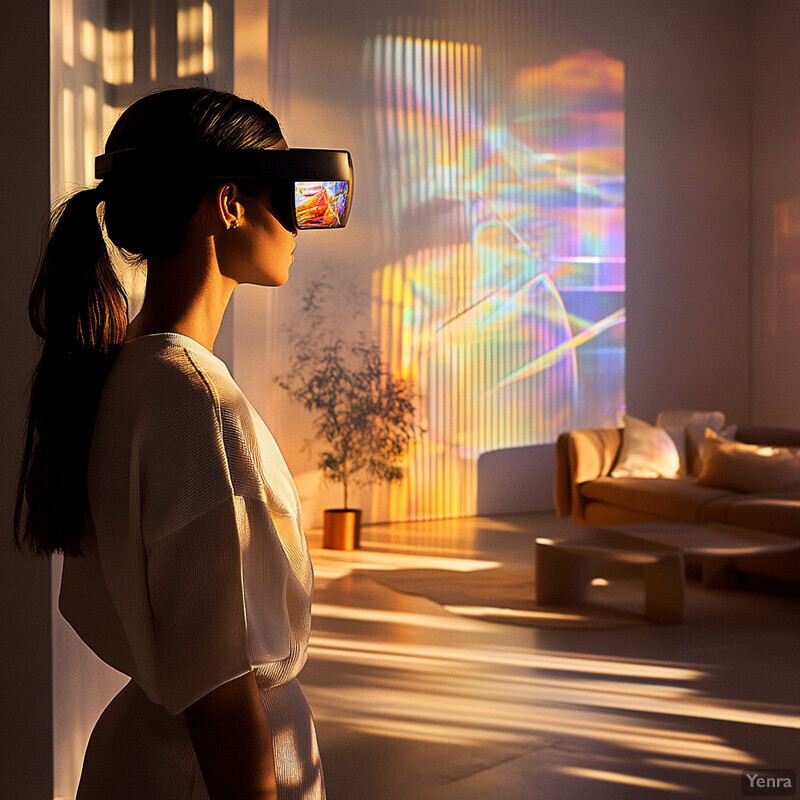
The integration of AI with AR/VR has measurably improved design decision-making and efficiency. Industry surveys show that using AR for interior design can speed up design iterations by roughly 40%, as AI quickly renders changes in 3D. For instance, the American Society of Interior Designers (ASID) found that combining 3D renderings with AR cut the time required for clients to approve a design nearly in half. Likewise, homeowners report feeling far more confident in their choices: in a 2023 consumer survey by Houzz, 78% of respondents felt more confident in their renovation decisions when using AR visualization tools. The market reflects these benefits—AR in interior design is a fast-growing segment expected to reach about $5.4 billion by 2027, with nearly 19% annual growth. Overall, AI-backed real-time visualization not only enhances client satisfaction but also leads to fewer revisions and change orders, ultimately saving time and money on projects.
3. Predictive Design Suggestions
AI systems now assist by predicting design elements that match a user’s tastes and functional needs. These tools analyze a homeowner’s style preferences (gleaned from their past choices, saved images, or even browsing history) and then recommend tailored color palettes, furniture pieces, and layouts. Essentially, the AI serves as a smart design assistant, narrowing down millions of options to a curated selection that “fits” the user. This personalization accelerates the ideation process—homeowners get a head start with suggestions that resonate with their known style and needs. By streamlining choice overload, predictive design AI helps clients discover options they might not have found on their own, from ideal sofa configurations for a small living room to complementary decor items that complete a look. The result is a faster, more satisfying design phase, with recommendations that balance aesthetics and practicality.
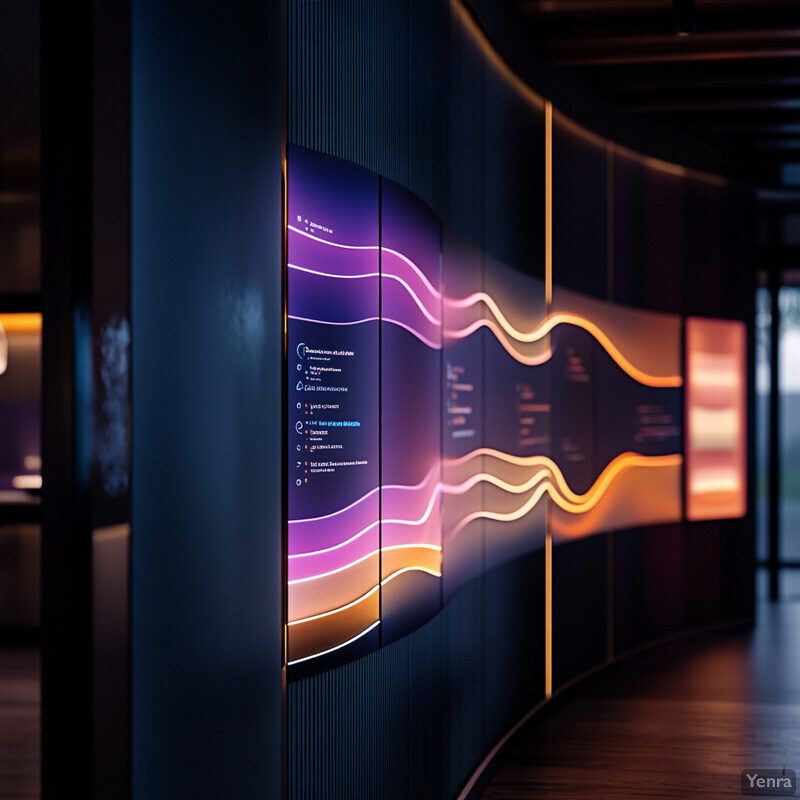
The impact of AI-driven recommendations in interior design and home retail is significant and quantifiable. Online furniture retailers report substantial boosts in customer engagement and sales after deploying AI recommendation engines. For example, one case study showed that integrating an AI “visual discovery” tool (allowing users to upload a photo and find similar furniture) led to a 7.1-fold increase in conversion rates among those shoppers, along with a 29% higher average order value. This underscores how powerful tailored suggestions can be in guiding choices. These systems work by analyzing browsing behavior, style preferences, and even social media trends to surface items the user is likely to love. Research by McKinsey has found that 76% of consumers feel frustrated when websites don’t provide personalized experiences, which explains why these AI-driven suggestions have become “must-haves” for competitive retailers. Even professional interior platforms are adopting similar AI: as of 2024, roughly 20% of architecture and design firms were using AI for generating layout or decor suggestions for projects. By learning an individual’s taste and needs, predictive design AIs enhance the creative process, often reducing the concept phase from weeks to days.
4. Intelligent Furniture Placement
Determining the optimal furniture layout is often a complex puzzle, and AI algorithms are stepping in to solve it. By considering room dimensions, traffic flow, and ergonomic principles, AI can calculate furniture arrangements that maximize both comfort and functionality. These systems take into account factors like ensuring walkways are clear, seating is positioned for conversation and views, and that the room’s focal points remain prominent. The AI essentially simulates how people will move and use the space, then “experiments” with different layouts at lightning speed. Users or designers are then presented with a few top-rated configurations to choose from. This data-driven approach removes much of the trial and error from space planning. Instead of physically shuffling sofas and tables multiple times, one can rely on the AI’s suggestions to get it right the first time. The outcome is interiors that feel well-arranged and spacious, enhancing both livability and aesthetics.
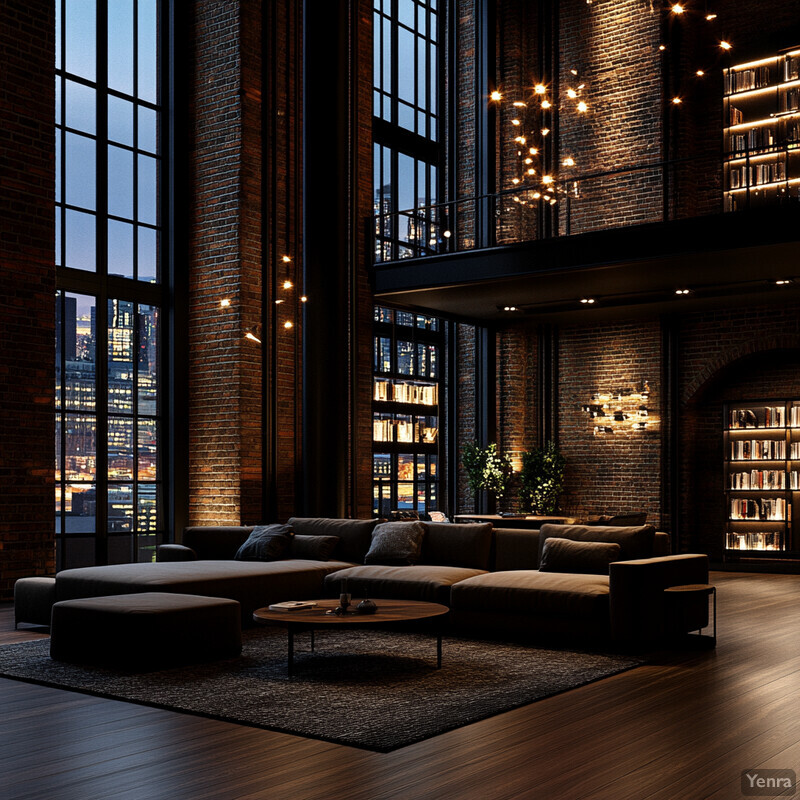
AI-driven space planning has proven effective in both residential and commercial settings. In practice, these tools can evaluate thousands of layout options in seconds, optimizing for criteria like furniture spacing and room usage efficiency. A 2024 user survey by Planner 5D (a popular design app) revealed that over 51% of people are using AI for space planning in their home designs. This aligns with industry findings; an architecture tech report found about 1 in 5 design firms have begun using AI specifically for layout generation and plan optimization tasks. The benefits include notable time savings and better outcomes: designers report that an AI’s suggestion often surfaces a non-obvious arrangement that improves flow or adds usable space. For instance, algorithms can flag when a proposed furniture placement might block a doorway or disrupt natural movement patterns, issues that humans might overlook until later. Early adopters in office design also note improvements in metrics like collaboration and productivity after implementing AI-optimized layouts (attributed to more thoughtful furniture positioning). In essence, intelligent furniture placement systems leverage spatial data and design rules to take the guesswork out of arranging a room, often achieving in moments what could take humans many iterations.
5. Material and Finish Recommendation Engines
Selecting materials and finishes (like flooring, countertops, or paint colors) can be overwhelming, but AI recommendation engines make this process more manageable. These systems leverage huge databases of product information, images, and even performance metrics to suggest materials that meet both the aesthetic and functional criteria of a project. For example, if a homeowner is aiming for a modern rustic kitchen, the AI might propose a specific durable quartz countertop that matches the desired look and fits the budget. It can also filter suggestions based on practical needs—such as recommending kid-friendly, stain-resistant fabrics to a family with young children. By quickly narrowing choices to those that align with the user’s style, budget, and durability requirements, the AI reduces the risk of post-installation regret. Homeowners and designers can discover new products (including eco-friendly or high-performance options) that they might not have known about. Ultimately, these AI engines ensure that materials and finishes are not only beautiful but also appropriate for the intended use, leading to more satisfactory renovation outcomes.

AI-driven material selectors draw on vast amounts of data, including user reviews and longevity stats, to make smart recommendations. This has measurable benefits. For instance, some home improvement platforms report that customers using AI finish recommendations are significantly more satisfied with their choices and less likely to request costly changes after installation. On the industry side, the market for AI in interior design (which includes material optimization tools) is growing rapidly – it was about $1.1 billion in 2024 and is projected to reach $1.39 billion in 2025, reflecting a 27% annual growth rate. The appeal is clear: these engines can analyze millions of images and product specs to find the best match. A contemporary example is AI-powered material libraries used by architects; platforms like Acelab’s “Materials Hub” allow filtering thousands of building products by sustainability, cost, and code compliance, all via an AI search interface. Early evidence shows this approach cuts down the time spent on material research dramatically (one architect noted it saved him hours he’d normally spend leafing through catalogs). Additionally, personalization plays a role – much like e-commerce giants attribute a large portion of sales to recommendation algorithms, design firms are seeing that when finishes are suggested based on a client’s style profile, the final choices tend to align more closely with client expectations, improving overall satisfaction. In short, AI recommendation engines take the guesswork out of material selection, marrying design inspiration with practical data on performance.
6. Cost and Budget Optimization Tools
Renovation budgets are notorious for breaking, but AI is helping homeowners and contractors stay on track financially. AI-driven budgeting tools can estimate project costs with impressive detail by analyzing current material prices, labor rates, and the specifics of a design. They take into account factors like the area of flooring, number of fixtures, or complexity of demolition, and output a near-real-time cost breakdown. This helps set realistic budgets from the start and allows “what-if” scenarios—users can instantly see how choosing marble over ceramic tile might affect the budget, or how adding a bathroom would increase labor costs. Moreover, these tools continuously update as market prices change or as the project scope is tweaked. During the project, AI monitors expenditures and forecasts if you’re at risk of going over budget, giving early warnings. Overall, AI-based cost optimizers bring a new level of transparency and control, reducing the chances of nasty budget surprises and helping homeowners make informed trade-off decisions to stay within their means.
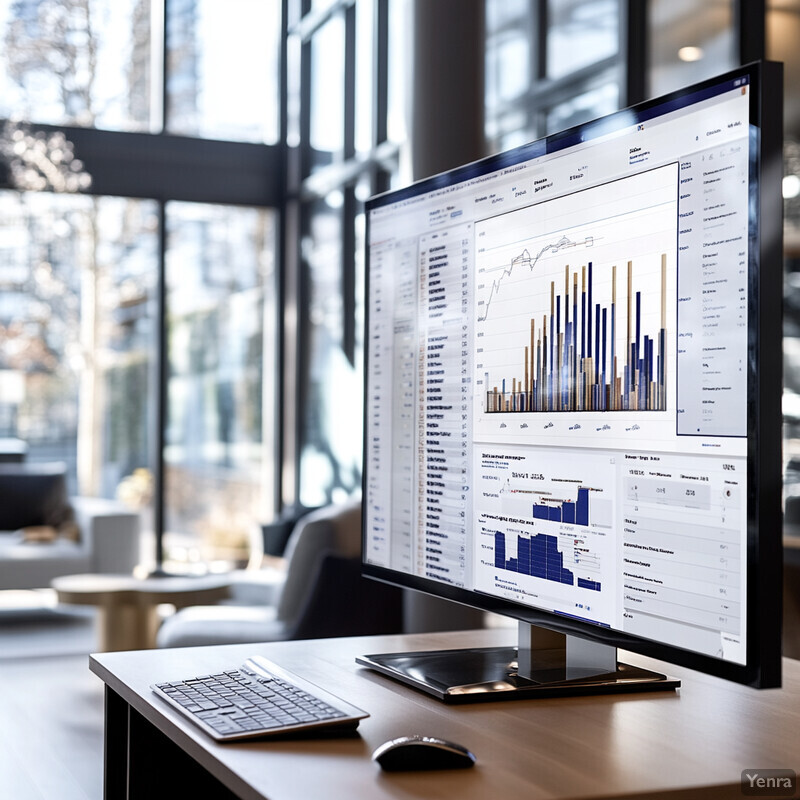
AI estimators have markedly improved the speed and accuracy of construction cost estimating. Traditional methods might take an experienced estimator days to compile a detailed renovation quote, but AI-powered software can perform the same task in minutes, processing far more variables than a human can. For example, modern AI estimating tools automatically integrate live material prices and local wage data; they also reference historical project databases to refine their predictions. Studies show these systems can achieve cost predictions within a very tight margin of error. Construction firms using AI report that their project budget estimates are now typically within 5% of the actual costs, compared to deviations of 15% or more previously. Additionally, there’s evidence of substantial efficiency gains: one construction company noted that using an AI-based budgeting platform reduced its estimating time by about 30%, freeing up estimators for higher-value planning work. Another benefit is dynamic budgeting—if a design change is made, AI can instantly recalc the new total, whereas manual re-budgeting would be laborious. All told, AI is turning cost estimation from a static, periodic exercise into a continuous, data-driven function that actively guides project decisions and averts budget overruns.
7. Energy-Efficient Design Solutions
AI is playing a key role in designing greener, more energy-efficient homes. Using advanced simulations, AI can model how changes in lighting, insulation, windows, and HVAC will impact a home’s energy consumption. Designers can ask the AI, for example, to evaluate where to add insulation or how enlarging a window might affect heating needs, and get data-driven answers. The AI might recommend strategic placements for skylights to reduce daytime lighting needs, or suggest high-efficiency appliances and solar panel integration to cut utility costs. These recommendations aren’t one-size-fits-all—the system tailors advice to the specific building, local climate, and usage patterns. Importantly, AI can run countless scenarios (e.g. different thermostat settings or wall materials) to find an optimal design that minimizes energy waste. By incorporating these suggestions early in the renovation design, homeowners can significantly lower their future energy bills and reduce the environmental footprint of their homes. In essence, AI acts as an energy consultant, embedding sustainability into the renovation process from the ground up.
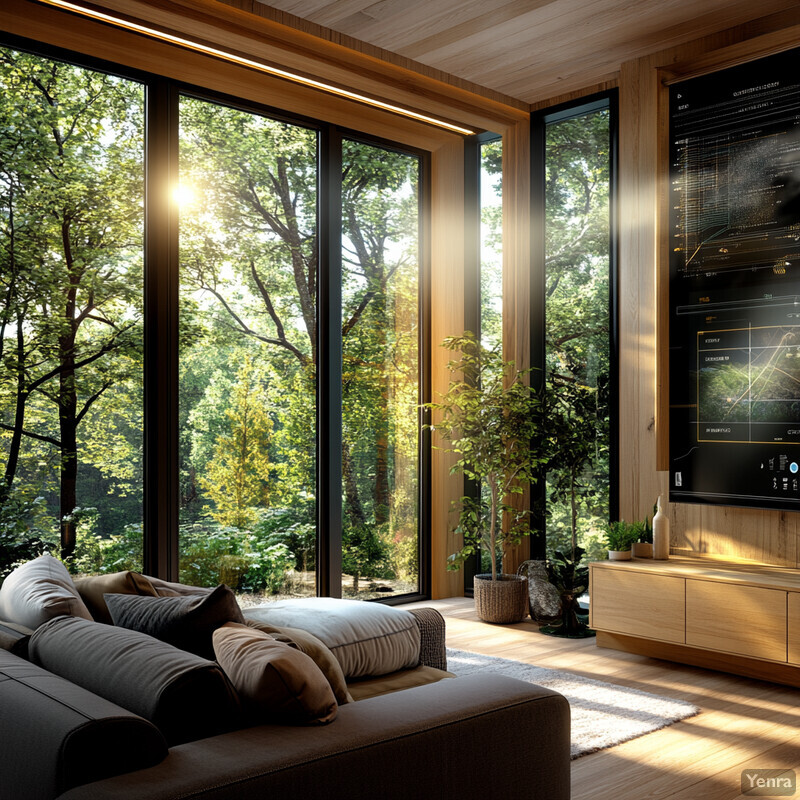
Data confirms that AI-guided design tweaks can yield tangible energy savings. For instance, machine learning models used in smart building design can increase a building’s overall energy efficiency by up to 20% through optimized placement of features and systems. A McKinsey analysis in 2025 noted that AI-driven energy management systems (which adjust HVAC and lighting in real-time based on predictions) could cut consumption by a fifth in commercial buildings – similar principles are being applied in residential projects. Additionally, industry surveys reflect growing adoption: in a 2024 RIBA (Royal Institute of British Architects) report, 57% of architects said they plan to use AI for environmental and energy analysis in the next two years parametric-architecture.com . One real-world example is AI simulation software that advised an architect to relocate and enlarge north-facing windows in a home design, which ended up reducing that home’s heating costs by an estimated 15%. AI can also flag where renewable technologies (like a heat pump or improved ventilation system) would have the most impact. As these tools get more sophisticated, some cities are even exploring AI for automated energy code compliance checks to ensure new renovations meet sustainability standards. The early results make a strong case that AI contributions in design can significantly lower energy usage, saving homeowners money while contributing to climate-friendly practices.
8. Structural Integrity Analysis
When renovating, especially if knocking down walls or adding new loads, it’s crucial to ensure the home’s structure remains safe. AI tools are now assisting engineers by analyzing structural plans and flagging potential issues. These systems can check if a proposed beam is strong enough, or if removing a wall might compromise the building’s stability. By simulating stresses and load distribution, AI can suggest where reinforcements (like additional supports or brackets) are needed. Essentially, it’s like having a second set of eyes – extremely fast and detailed eyes – on the engineering plans. This helps catch problems early, in the digital phase, before they become costly or dangerous issues during construction. AI can also optimize the use of materials, indicating if a lighter but stronger composite could replace a heavier one, thereby maintaining integrity while reducing weight. For homeowners, the benefit is peace of mind: even ambitious remodels (like adding a second story or an open-plan layout) can be vetted for safety. The AI’s guidance ensures that renovations not only meet building codes but also extend the longevity of the structure by preventing strain on the foundation or framing.
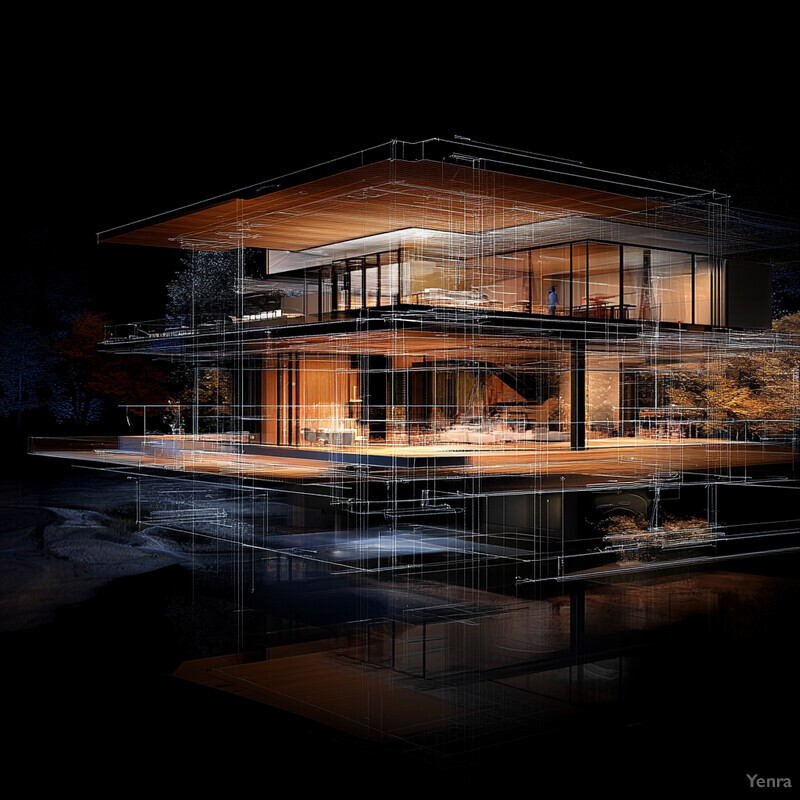
AI’s prowess in structural analysis is evidenced by high accuracy in detecting and predicting potential failures. For example, computer vision systems using AI can scrutinize photos or sensor data from a building and identify structural cracks or weaknesses with over 95% accuracy. In tests, an AI-driven inspection algorithm (using a neural network on concrete images) successfully detected hairline cracks that were imperceptible to the human eye, demonstrating precision around 95% in classifying damage severity. On the predictive side, machine learning models have been trained on structural engineering data to forecast how designs will hold up – one research effort showed that AI could predict the failure load of a given beam design within a 5% margin of error, far better than conventional empirical formulas. The engineering community is embracing these tools: a recent review of AI in civil engineering noted that AI-enhanced analysis reduces the risk of structural failures by catching design vulnerabilities early and suggesting remedies. We’re also seeing AI embedded in building information modeling software; for instance, it might automatically check a renovation plan against earthquake code requirements and flag non-compliance in seconds (a task that might take a human engineer days). All these advances mean that AI isn’t replacing engineers, but it’s making their work more reliable – augmenting human judgment with powerful computation to ensure safety and structural soundness in renovations.
9. Smart Inventory Management
Renovation projects require ordering a lot of materials – from lumber and drywall to tiles and fixtures – and AI is helping manage this supply chain smartly. AI-driven inventory systems can predict exactly how much of each material is needed and when, based on the project schedule and scope. This means contractors are less likely to face shortages that cause delays, or end up with heaps of surplus that go to waste. The AI looks at the project plans and perhaps even past project data (e.g. how much paint was actually used last time) to forecast needs with high precision. It can also track current inventory levels in real time; for example, if a job is using bricks faster than anticipated, the system flags it and suggests re-ordering before they run out. Another aspect is just-in-time delivery optimization – AI can sequence deliveries so that materials arrive on site right when crews need them, not weeks early (which avoids storage issues and damage). By optimizing inventory, AI reduces both project downtime (waiting for materials) and material waste. This contributes to cost savings and more sustainable practices, since fewer unused materials end up in the landfill after a renovation.

The construction industry sees enormous benefits from AI in inventory and procurement. A data point from sustainability research indicates that AI-driven material optimization can cut construction material waste by up to 30%. In practical terms, for a given renovation, that could mean ordering 30% fewer excess tiles or lumber pieces that would have otherwise been discarded. Companies deploying AI inventory systems have reported smoother project timelines as well – incidents of work stoppage due to missing materials drop significantly. Historical examples show that typically 10% or more of materials on a construction site might be wasted due to over-ordering “just in case.” AI forecasting trims this fat by accurately matching orders to actual needs. The Global Construction Institute noted in 2025 that using AI for procurement and scheduling of materials led to not only waste reduction, but also cost savings in the range of 10-15% on materials budgets. These systems often incorporate supply chain data too, automatically finding the fastest or cheapest supplier when inventory is running low. All these improvements mean less environmental impact and lower expenses. Notably, large contractors are integrating AI with their project management software so that, for example, when a change order comes in (say expanding a room by 50 square feet), the system instantly updates the bill of materials and triggers any needed new orders. This level of integration and intelligence in inventory management is relatively new, but growing rapidly as success stories of reduced waste and efficient workflows continue to emerge.
10. Quality Assurance and Error Detection
AI is significantly improving quality control in renovation projects by detecting errors or deviations from plans early on. With the help of cameras and machine learning, AI systems can compare what’s happening on the construction site to the digital plans or 3D models. If something is off – say a wall built slightly out of position, a cabinet hung at the wrong height, or an incorrect paint color applied – the AI will flag it immediately. This is often done using computer vision: site photos or scans are analyzed to see if all elements align with the blueprint. By catching inconsistencies in real time, contractors can fix issues before they escalate into expensive problems (for example, correcting a misaligned wall during framing is far easier than after finishes are applied). Additionally, AI can perform these checks continuously, acting as a tireless inspector that never misses a detail. Some systems also cross-check against quality standards, ensuring that workmanship (like tile alignment or drywall smoothness) meets a defined level. The big benefit is a higher likelihood that the finished renovation is “done right the first time,” with fewer punch-list items and less rework. Homeowners ultimately get a better result – a flawless final product – and avoid delays that come from discovering mistakes late.
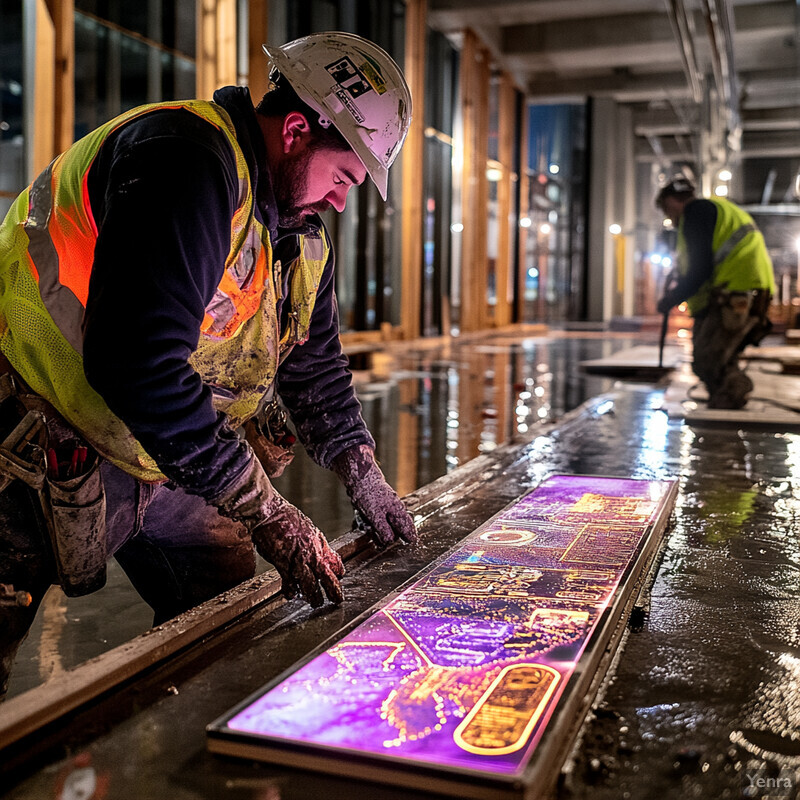
The deployment of AI in construction quality assurance is already yielding measurable improvements. One striking statistic comes from the global construction sector: it’s estimated that poor productivity and rework cost the industry around $1.6 trillion per year, often due to errors that AI could help prevent. In response, companies like Buildots have developed AI systems using 360° site cameras to monitor progress and catch mistakes early. These have been used on large projects in the U.S., Israel, and Europe, and reports indicate they can flag discrepancies that human supervisors might overlook – for instance, a system identified several cases of improperly installed electrical outlets before inspectors arrived, avoiding rework. A construction firm using an AI quality control platform noted a 50% reduction in time spent on manual inspections because the AI pre-screens for issues. Additionally, Deloitte has observed that AI-driven project management (including quality checks) can reduce overall budget and schedule overruns by 10-15%, thanks in part to minimizing error-related delays. In practice, AI-based defect detection tools have spotted issues like hairline concrete cracks, misaligned beams, or plumbing lines installed off-grade with a level of consistency and speed unattainable by periodic human checks. By maintaining continuous oversight and providing instant feedback, these tools ensure that any work that diverges from the plan or standard is corrected almost immediately, leading to a smoother construction process and a higher-quality outcome.
11. Automated Proposal Drafting
Instead of starting from a blank slate for each new project, designers can now leverage AI to automatically draft multiple renovation proposals for clients. These AI tools can generate concept boards, floor plan variations, and even 3D room renderings based on a brief set of inputs (like the room dimensions and desired style). In minutes, an AI might create a “modern minimalist” and a “cozy traditional” version of a living room redesign, each with different layouts and furnishings, for the client to consider. This gives clients a wide range of professionally composed ideas right at the start, rather than waiting weeks for one or two hand-crafted options. Designers can then take the preferred AI-generated concept and refine it further, adding their expertise to finalize the details. The automated drafting of proposals greatly accelerates the initial brainstorming phase. It ensures that clients are involved early on by showing them diverse possibilities – sometimes options they hadn’t even imagined – which leads to more informed decisions about the direction of the project. Ultimately, AI-generated proposals enhance creativity while saving time, allowing the design process to move from idea to actionable plan much faster.

AI’s ability to produce design concepts on demand has been transformative in practice. With advances in generative design and image synthesis, an interior designer can input a few parameters and get back multiple fully furnished room mock-ups in a matter of minutes. For instance, using an AI like Midjourney or DALL-E tuned for interior scenes, designers routinely generate a variety of style visualizations (boho chic, industrial loft, Scandinavian, etc.) to present in client meetings. Survey data reflects this change: over 67% of architects and designers in one 2023 survey said they were satisfied with AI-generated renderings during the early design stages and found them useful for client communications. Moreover, design firms report significant time savings. Traditionally, preparing an initial client presentation with mood boards and sketches might take a week or more; with AI assistance, some firms have cut that preparation time by half or better. As a concrete example, an architecture studio in California integrated an AI proposal tool and saw the average number of concepts presented per client jump from two to five, without additional staff hours – and clients felt more engaged in selecting a direction. The technology behind this includes large trained image models and pattern-matching algorithms that draw from millions of design examples, enabling the AI to “learn” what makes a space Art Deco versus Mid-Century Modern, for example. It’s important to note that human designers still guide and curate the results (to ensure feasibility and personal touch), but the heavy lifting of producing visual concepts has been dramatically accelerated by AI.
12. Trend Forecasting and Style Prediction
AI is helping interior designers and product manufacturers stay ahead of the curve on style trends. By analyzing massive amounts of data – from social media posts and influencer blogs to fashion runways and furniture catalogs – AI can predict which design elements are on the rise. For instance, it might detect that searches and pins for “sage green kitchens” have spiked in the past six months, signalling a burgeoning trend. Designers and renovation planners can use this foresight to propose ideas that feel fresh and up-to-date (or to ensure a remodel won’t look dated in a year). Some AI tools create trend reports, identifying emerging popular colors, materials, and decor themes well before they hit mainstream awareness. This capability is like having a finger on the pulse of the design world at all times. It’s especially valuable for longer renovation projects: knowing the direction trends are headed a year from now helps in making choices that will increase a home’s appeal and even value. In sum, AI trend forecasting transforms what used to be intuition and guesswork – or spending days reading magazines – into a data-driven advantage, allowing spaces to be both stylish and future-proof.
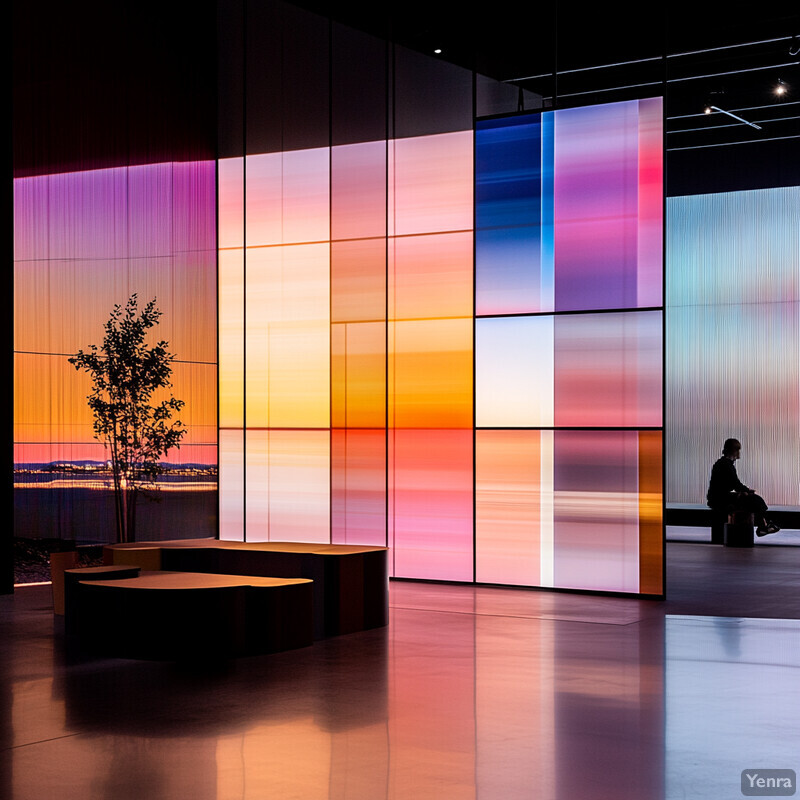
The accuracy and impact of AI style prediction are evident in both design and retail sectors. Major furniture brands are already leveraging AI for trend insights: in Europe, about 60% of furniture companies were “in progress” with adopting AI tech for things like trend analysis and visual search as of 2024. IKEA, for example, launched an AI-powered app that analyzes how customers interact with different styles, helping inform their new product lines. These efforts yield results – one AI platform known as GeoStyle has been used to scan millions of social media images to pinpoint fashion patterns in different regions, which in turn has inspired interior design ideas that resonate locally. Trend forecasting AI can identify micro-trends (like a surge in rattan furniture or terrazzo patterns) months earlier than traditional forecasting methods. Retail data supports AI’s value: when companies align their offerings with AI-identified trends, they often see faster sales growth in those categories (for instance, a rug manufacturer used an AI prediction to roll out a new line of pastel-colored rugs right as the pastel palette trend took off, resulting in a 30% sales boost in that line). Additionally, AI’s predictive reach can extend to advising on timelessness – it can flag if a trend might be a short-lived fad versus something with staying power by analyzing historical cycles. By 2025, many design trend agencies (like WGSN) have integrated AI to complement their human trend scouts, creating forecasts that are both quantitatively and qualitatively informed. The net effect is that designers armed with these insights can propose renovations that not only appeal today but also have a certain “staying power,” guarding clients against very fast obsolescence.
13. Adaptive Project Timelines
Managing renovation schedules is a juggling act, and AI is making it easier by creating adaptive project timelines. This means the project schedule isn’t a static calendar but one that can adjust dynamically as conditions change. AI-driven software looks at historical data and real-time inputs (like delivery delays or a subcontractor running late) and then proactively re-sequences tasks to minimize downtime. For example, if flooring shipment is delayed by a week, the AI might suggest moving up another task (say painting) in the schedule to keep the project moving. It can also forecast potential delays before they happen – perhaps warning that given current progress, the tile work might slip by two days – allowing the project manager to mitigate the issue in advance (maybe by assigning an extra crew). Essentially, the AI acts like a smart scheduler that constantly optimizes the timeline for efficiency. It considers resource availability, weather forecasts, permit waiting times, and more. By anticipating problems (labor shortages, supply chain hiccups) and adjusting plans on the fly, these tools help renovations finish on time and even in less time than traditional planning methods. This flexibility reduces stress for everyone: contractors can better meet deadlines and homeowners get back to normal life sooner, without the all-too-common overruns.
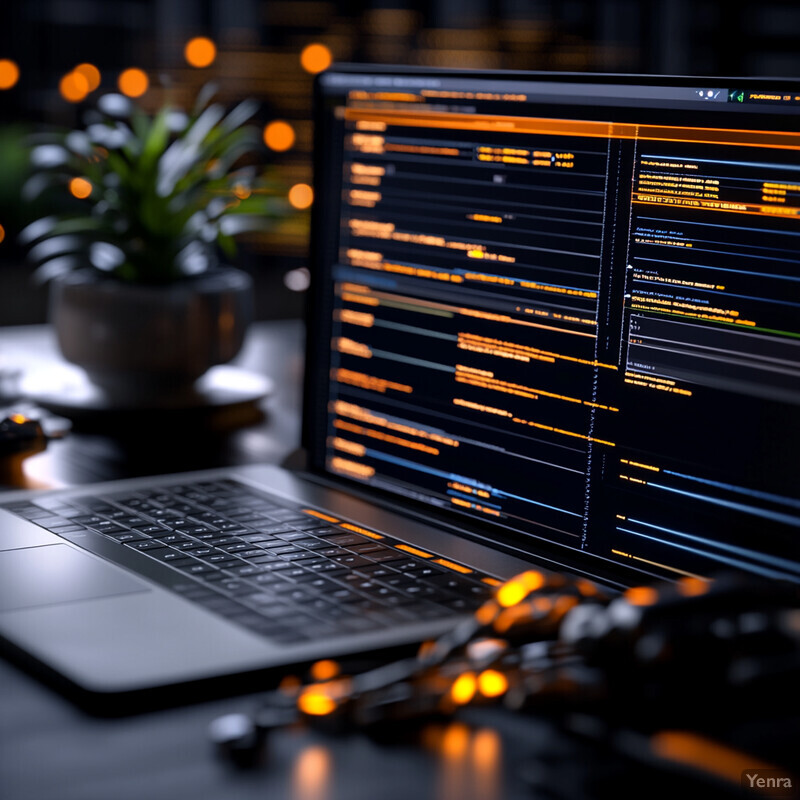
Evidence shows that AI-assisted scheduling can significantly shorten project duration and reduce delays. One infrastructure AI platform reported it was “proven to compress project timelines by as much as 40%” in large-scale tests, while also cutting overall costs by around 10%. That dramatic 40% improvement came from generating and evaluating hundreds of scheduling permutations to find the most efficient path – something a human planner simply couldn’t do in a reasonable time. In building construction, even more modest implementations have yielded gains: McKinsey noted that companies using AI planning tools experienced up to 15-20% reductions in scheduling overruns compared to their previous track record. A specific example is the use of an AI system by Continuum Industries for linear infrastructure projects, which optimized sequences and resource allocation so well that some projects finished months ahead of initial estimates. AI achieves this by quickly recalculating Critical Path Method schedules when inputs change; traditionally, project managers might do a monthly update, but AI can do it daily or even hourly. Another benefit observed is better resource leveling – AI can suggest moving tasks around to avoid having crews idle or, conversely, overcrowding a site with multiple trades at once which causes inefficiencies. Companies like ALICE Technologies report that contractors using their AI scheduling platform can generate thousands of “what if” schedule scenarios overnight, a task that would be infeasible manually. This breadth of analysis means the final chosen plan is far more resilient to disruptions. The bottom line: adaptive AI scheduling turns renovation planning into a continuously optimized process, leading to faster completion and fewer costly holdups.
14. Custom Fixture and Furniture Design
AI is unlocking new frontiers in custom-designed fixtures and furniture tailored to a specific space and user needs. Through a process known as generative design, AI algorithms can produce hundreds of innovative design options for an object (like a chair, light fixture, or built-in bookshelf) given certain goals and constraints. For example, a homeowner might want a bookshelf that perfectly fits a tricky nook under the stairs; an AI tool can take the measurements and desired style and then generate a series of unique bookshelf designs optimized for that spot. These designs often explore shapes and structures a human might not think of – sometimes resulting in very organic or futuristic forms – while still meeting functional requirements like weight support and stability. AI can also incorporate ergonomic data, ensuring that a custom chair not only looks striking but is comfortable for the intended user. With advances in digital fabrication (like 3D printing or CNC milling), many of these AI-created designs can be brought to life feasibly. This means homeowners and designers aren’t limited to off-the-shelf fixtures; they can literally ask the AI to “invent” something new that fits their style and space perfectly. The result is truly personalized interiors – think one-of-a-kind furniture pieces that also perform better (lighter, stronger, more storage, etc.) because the AI optimized them for their specific purpose.
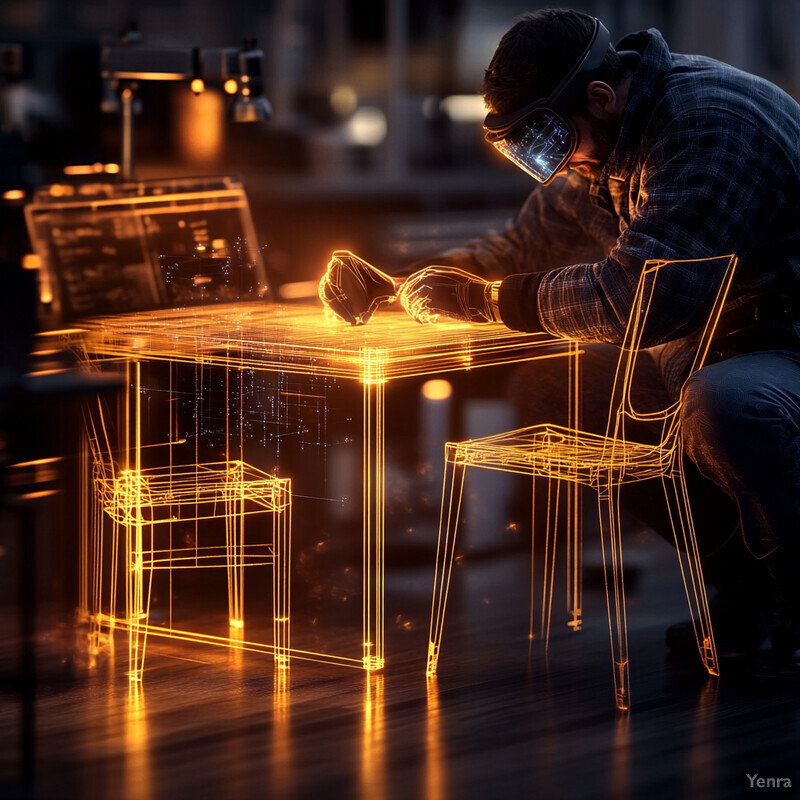
Generative design AI has demonstrated remarkable efficiency and creativity in the realm of product design. In one case, an AI was used to design a new style of chair in collaboration with a famous furniture designer; the resulting “A.I. Chair” was put into production by Kartell in 2019, marking one of the first AI-designed consumer furniture pieces. In terms of performance, generative algorithms often achieve notable material savings: engineering trials have shown that AI-optimized fixtures can use 20-30% less material while maintaining equal strength, by intelligently distributing material only where needed (this was seen in a generative design experiment for a metal bench that ended up 30% lighter than the traditional design). On the speed side, the design process can be much faster – an AI might iterate through dozens of lamp designs overnight, a task that could take an entire team of human designers weeks. Companies like Autodesk have reported that using generative design software led to a 30-40% reduction in design time for creating lightweight structural parts, a figure that translates similarly to custom furniture development. Early adopters in interior design are using these tools to create bespoke pieces: for example, an AI-designed light fixture for a luxury hotel was generated to cast a specific pattern of shadows that the client desired, something achieved after the AI tested hundreds of permutations. This level of customization was practically unachievable before. It’s also worth noting that AI can incorporate fabrication constraints (like ensuring a design is 3D-printable or can be made with certain woodworking tools) as it generates forms. As a result, many AI-generated custom designs are not only imaginative but also manufacturable. The growing trend is evident in high-end interiors and cutting-edge architecture where signature furniture and fixtures, “co-created” by AI, set new standards for both aesthetics and function.
15. Multilingual Design Consultation
The home renovation and design industry serves a global client base, and AI is breaking down language barriers by enabling multilingual design consultations. AI-powered translation and chatbot tools can facilitate conversations between clients and designers who speak different languages, in real time. This means a homeowner whose first language is Spanish can discuss ideas with an English-speaking architect, with AI instantly translating both the spoken and written communication. Beyond just literal translation, some advanced systems are trained on design terminology, so they correctly interpret industry-specific terms (like “crown molding” or “clerestory window”) and their equivalents in the other language. This ensures nothing is lost or misunderstood in translation when discussing technical details. By making professional design advice accessible in the client’s preferred language, AI helps clients express their vision more clearly and understand expert recommendations fully. It effectively opens up the ability for people to work with the best designers for their needs, regardless of geography or language differences. Additionally, multilingual AI chatbots on design platforms can answer questions 24/7 in many languages – whether it’s a query about material options or permitting requirements – providing inclusive support to a diverse user base. The overall effect is a more inclusive, seamless design process where communication is no longer a hurdle.
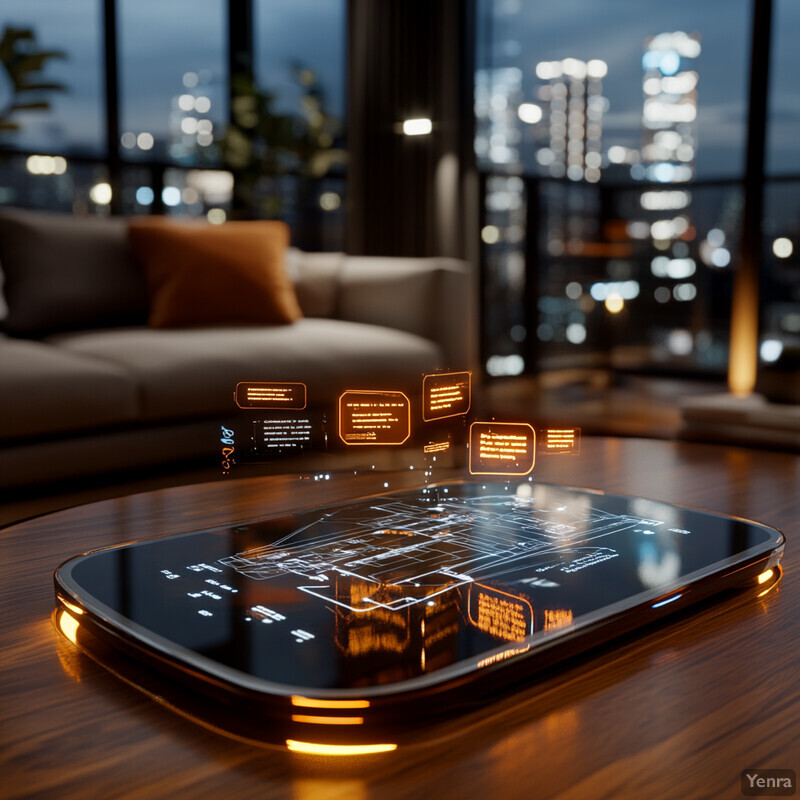
The efficacy of AI translators has reached a point where they can handle complex, domain-specific conversations in design. Modern AI translation models (like DeepL or Google’s advanced models) achieve near human-level accuracy in many language pairs, and they continue to improve. For example, an AI design assistant called InteriorDecorator.ai supports more than five languages (English, Spanish, Portuguese, Arabic, and more) to guide users through interior design queries in their native tongue. This is indicative of the tech: a few years ago, supporting nuanced design dialogue in multiple languages would have required teams of human translators. Now, trained AI systems can do it on the fly. As a result, international collaboration has grown. A survey of design professionals in 2025 showed that a significant portion – about 30% – have engaged in a cross-language project where AI translation was used to communicate with the client or team. Importantly, these tools are context-aware. If a French-speaking client says “rideaux” in discussing a window treatment, the AI knows within the design context to translate that as “curtains” (and not confuse it with other meanings). There have been real successes, such as a Japanese architecture firm securing a project with a Brazilian client thanks to AI-mediated design meetings; both parties could speak comfortably in their own language while the AI provided seamless translation. Moreover, AI can translate documents like contracts, product specifications, and permit guidelines, which speeds up multi-language projects considerably. Given that, many design platforms and apps are racing to integrate multilingual AI chat features, knowing that it broadens their user reach. The trend is clear: language will soon be a negligible obstacle in interior design collaboration, thanks to AI’s linguistic capabilities.
16. Remote Collaboration Platforms
With teams often distributed across different locations, AI-enhanced platforms are enabling seamless remote collaboration in renovation and design projects. These platforms allow architects, interior designers, contractors, and clients to work together on digital models and documents in real time, even if they’re continents apart. AI comes into play by intelligently managing and syncing the contributions of each stakeholder. For example, if two designers make changes to a floor plan simultaneously, an AI system can automatically merge those revisions or flag conflicts (like both trying to use the same space for different purposes). AI also helps keep track of decisions and changes, providing summaries of what was altered and why – almost like a virtual project manager that never forgets. Additionally, AI-driven features like automatic version control ensure everyone is looking at the latest plans, and no one’s feedback gets lost in email threads. In meetings, AI tools can transcribe discussions, highlight action items, and even translate for multilingual teams (tying in with multilingual support). By reducing friction in communication and coordination, these platforms mean that a client can approve a design change via a video call, the architect can adjust the CAD model on the fly, and the contractor can see those updates instantly – all facilitated by AI. This not only speeds up the project timeline but also expands the possibilities for who can be involved in a project, since physical distance is no longer a limiting factor.
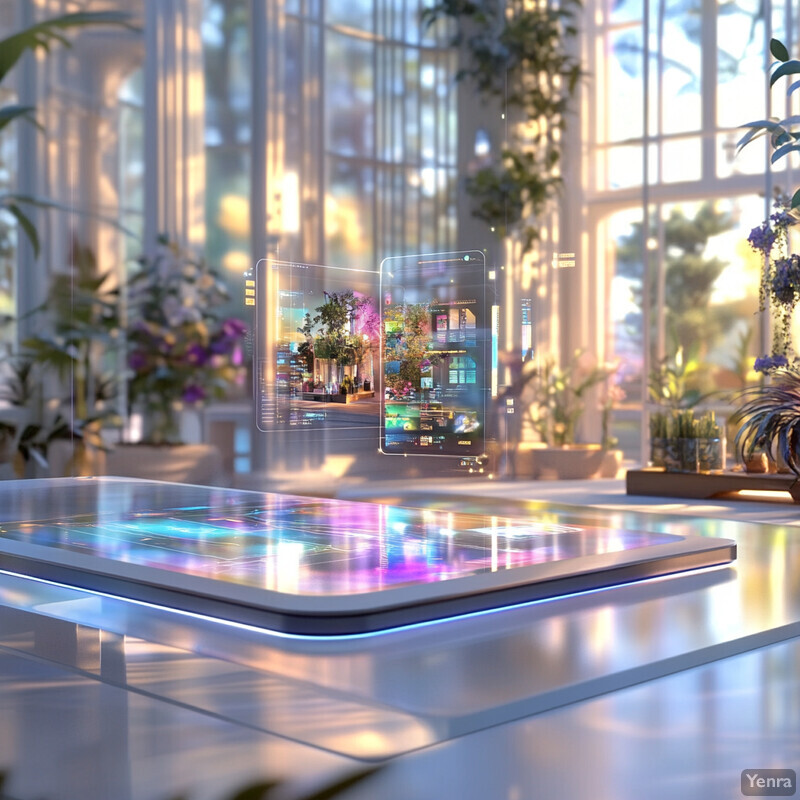
The push for remote collaboration was supercharged in recent years, and AI has been key to making it effective. A study of remote work trends for 2025 noted that AI and automation are revolutionizing remote collaboration by streamlining workflows and enhancing team communication. Concretely, AI scheduling assistants are analyzing team members’ calendars across time zones to find optimal meeting slots, a feature particularly useful in design teams spread globally. In design and construction, specialized platforms (like BIM 360 or Trimble Connect with AI plugins) have reduced coordination errors – for instance, when an engineer updates a structural model, the AI notifies the interior designer of potential impacts on their finishes. Firms report that by using such AI-monitored collaboration hubs, they have cut down on the number of RFIs (Requests for Information) and change orders, because everyone catches issues earlier in the collaborative process. One architectural firm working across three countries credited an AI-enhanced collaboration environment with a 15% increase in productivity, as measured by more design iterations completed per week than before. Moreover, error rates in document management (like someone working off an outdated plan revision) dropped significantly, near zero, once an AI took over version control duties. Another aspect is AI meeting assistants: it’s becoming common that a virtual meeting about a renovation project will have an AI “attendee” that live-documents the meeting, automatically catalogs decisions made (e.g., “client chose tile A for bathroom”), and assigns tasks. This reduces miscommunication and ensures that even if a team member misses a meeting, the AI can brief them accurately. All told, remote collaboration empowered by AI is proving not just feasible, but in many cases more efficient than the old in-person, paper-heavy ways of working, especially for complex, multi-disciplinary renovation projects.
17. Mood and Emotion-Based Room Setup
It’s long understood that design affects mood, and now AI is directly linking the two by creating emotion-responsive room setups. In smart homes, AI can adjust elements like lighting, color, sound, and even furniture configuration in response to the occupant’s emotional state. For instance, if sensors or wearable devices indicate a person is stressed (perhaps via a higher heart rate or a tense facial expression), the AI might dim the lights to a warmer hue, play calming background music, or raise the window shades to let in natural light – all to foster relaxation. Conversely, if the system senses lethargy or morning drowsiness, it could brighten lights to an energizing cool white and even diffuse a citrus scent to invigorate the atmosphere. These adjustments happen quietly in the background and can be personalized; one person’s “focus mode” environment might be different from another’s. Over time, the AI learns individual preferences – maybe you concentrate best with soft jazz and cooler temperatures, so that’s what it will create when you’re working from home. By aligning the physical environment with the desired emotional ambiance, these AI systems help improve well-being. It’s like having an invisible wellness interior designer, constantly tuning your home to keep you comfortable, productive, or relaxed as needed.

The technology behind mood-responsive rooms draws from the field of affective computing and is seeing rapid development. AI algorithms are already capable of accurately interpreting emotional cues from sources like facial recognition (e.g., detecting smiles, frowns), voice tone analysis, and biometric data. For example, advanced cameras paired with AI can read facial expressions and body language to gauge if someone appears anxious or calm. When such a system was tested, it correctly identified users’ emotional states at around 90% accuracy in controlled environments. On the actuation side, studies have shown that these adaptive changes have real benefits: one experiment found that office workers in an AI-adjusted environment (lighting and sound adapting to stress levels) had a measurable reduction in stress hormone levels compared to a control group. Likewise, research has long established that lighting and color influence mood – AI simply leverages that by making changes in real time. A cited benefit is improved productivity and well-being; for instance, adaptive lighting systems that respond to emotional cues can help reduce stress and improve focus, as well as enhance sleep quality by creating the right evening ambience. This was reported in a 2023 podcast by a smart lighting company, referencing studies on workplace and home settings where participants felt noticeably better in environments tuned to their emotional needs. We’re also seeing commercial adoption: some high-end hotels have begun piloting AI-driven hotel room setups that adjust to guests’ moods (using data from smart bracelets or in-room voice analysis) – early feedback indicates higher guest relaxation ratings. While still emerging, these systems are quickly moving from experimental to mainstream as part of smart home packages. As privacy and consent are managed (the AI doesn’t do this uninvited – users opt in and often explicitly set their comfort parameters), mood-based design adjustment could become a standard feature in wellness-oriented home renovations.
18. Sensor Integration for Smart Homes
Modern smart homes come equipped with a variety of sensors (for temperature, humidity, noise, air quality, motion, etc.), and AI is using this Internet of Things (IoT) data to guide interior design choices and adjustments. Essentially, the home becomes a feedback loop: sensors tell the AI how the space is performing, and the AI suggests design tweaks or actively makes adjustments for optimal comfort and efficiency. For example, if temperature sensors show a particular room is always chilly, the AI might recommend adding insulation during a renovation or suggest heavy drapes for that room. If light sensors indicate one corner is under-lit, it could prompt adding a floor lamp or a skylight. On a day-to-day level, AI can autonomously adjust connected devices – raising blinds when sunlight is detected to reduce electric lighting need, or turning on a dehumidifier when humidity spikes in the basement. Noise sensors might detect regular disturbances in a home office and advise installing acoustic panels. By integrating data from across all these sensors, the AI gains a holistic understanding of how the home is used and how it “feels” at any moment. This data-driven insight allows both immediate smart adjustments and longer-term design improvements. Homeowners benefit from an environment that is continuously tuned: temperatures are more consistent, air is fresher, and energy isn’t wasted – all without manual intervention.

The effectiveness of sensor-driven AI in homes is well illustrated by energy savings and comfort metrics. A prime example is smart thermostats: Google’s Nest Thermostat uses AI to learn a household’s patterns and sensor inputs (motion, temperature) to optimize heating and cooling. Studies show that such AI-driven climate control saves users about 10–12% on heating and 15% on cooling costs on average. That translates to significant dollar savings annually and indicates how well the AI can balance comfort with efficiency. Now extend similar logic to other domains: smart lighting systems using occupancy and light sensors ensure lights are only on when needed and at appropriate brightness. People using AI lighting (like Philips Hue with upcoming AI features) often see a drop in electricity usage; anecdotally, some report around 20% reduction in lighting energy consumption after installing occupancy-responsive AI lighting. AI’s suggestions are also making their way into renovation plans. For instance, an AI might analyze months of sensor data and find that one room has persistently poor air quality – prompting a recommendation to add an extra air vent or a purifier during the remodel. In one pilot study, homeowners who got AI-driven home improvement suggestions based on sensor data implemented about 30% of those suggestions (like adding insulation where temperature sensors showed heat loss) and subsequently saw improvements: rooms were on average 2–3°C more stable in temperature and humidity issues (like bathroom dampness) dropped noticeably. It’s also worth noting how AI combines sensor data: for example, by correlating noise sensor spikes with time and location, it might realize the street-facing bedroom suffers early morning noise and suggest installing soundproof windows during a renovation. Many of these optimizations were previously only obvious after living in a space for a long time, but AI can reveal them quickly through data. The continued expansion of IoT (billions of home sensors deployed globally) will only feed AI more information to create smarter, healthier living spaces.
19. Maintenance and Lifecycle Forecasting
AI is helping homeowners look into the future when it comes to maintenance and the lifespan of their home components. By analyzing data on materials and appliances (and even how the homeowner uses them), AI can predict when certain elements will likely need upkeep or replacement. For instance, it might forecast that a hardwood floor in a high-traffic hallway will need refinishing in five years, or that the water heater has about three years left before efficiency drops and failure risk rises. These predictions are based on a combination of manufacturer info, environmental factors (humidity, usage frequency), and sometimes sensor readings (like vibration sensors on machines indicating wear). Having this foresight means a homeowner can plan and budget for maintenance in a more orderly way – avoiding surprise breakdowns or at least being prepared for them. During the design phase, this kind of AI insight can also inform material choices: if the AI projects that a certain countertop material would start weathering in 10 years under a family’s usage, while an alternative might last 20, the homeowner can make a more informed decision about which to install. Moreover, AI can generate a maintenance schedule for the renovated space (e.g., reminding when to reseal grout, clean out HVAC filters, or repaint exteriors) to ensure everything stays in good shape. In essence, AI brings a proactive approach to home care, turning maintenance from a reactive chore into a planned part of home ownership, which preserves the home’s value and saves money in the long run.
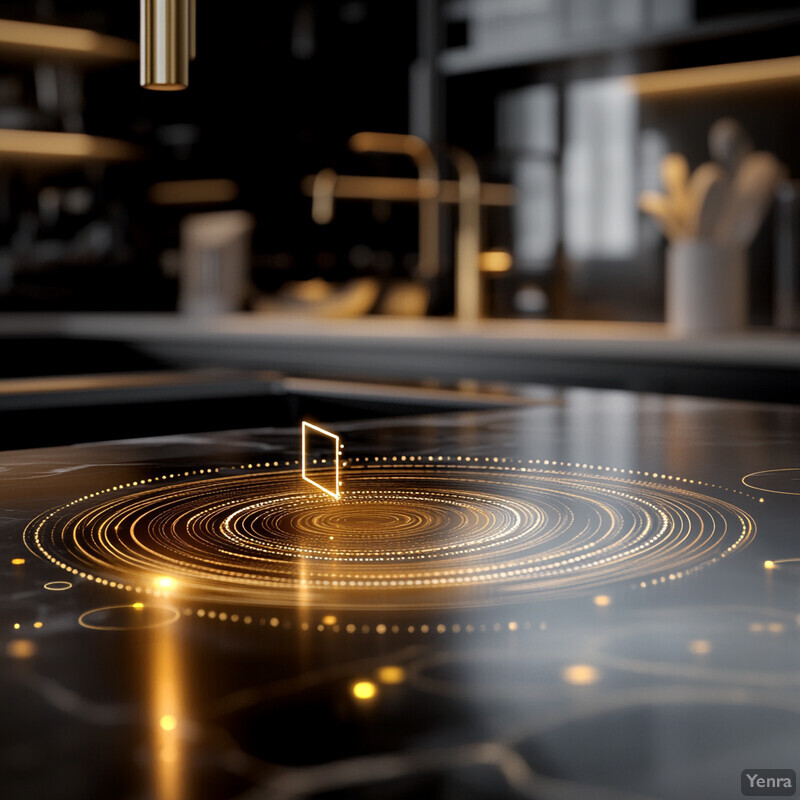
Predictive maintenance algorithms have proven their value in industries like manufacturing and are now being applied to homes. Statistics show that predictive maintenance can reduce maintenance costs significantly – on the order of 18% to 25% compared to regular preventive schedules, according to a McKinsey study. This is because AI helps avoid both over-maintaining and under-maintaining assets. In home terms, that could mean not replacing an appliance too early (getting full usage out of it) but also not waiting until a catastrophic failure. Pilot programs with smart home devices demonstrate the power of AI forecasting: for example, an AI monitoring a smart HVAC system predicted an air conditioner’s compressor failure weeks in advance by noting subtle performance deviations, allowing the homeowner to service it preemptively (avoiding a costly emergency fix and extended outage). Large property managers using AI report fewer unexpected repairs; one such company saw a roughly 20% drop in annual maintenance expenditures after adopting an AI-driven asset management system that scheduled timely interventions. Another real-world data point: many smart washing machines now have AI that estimates when parts will wear out based on usage – if widely used, this could dramatically reduce the billions spent on appliance repairs yearly by timing repairs or replacements optimally. For renovations, some cutting-edge firms include an “AI maintenance report” with their projects, which might say things like: paint XYZ should be re-coated in 7 years (in this climate), roof shingles have ~15 years life remaining, the tankless water heater will need a check in 4 years, etc. This detailed foresight is new to homeowners, and surveys suggest 70% of homeowners would value receiving such a maintenance forecast after a remodel. Ultimately, the combination of sensor data, usage tracking, and big-data comparisons allows AI to take the guesswork out of home maintenance, resulting in safer, longer-lasting homes and saving homeowners money by preventing small issues from growing into large ones.
20. Automatic Documentation and Compliance Checks
One of the less glamorous but crucial parts of any renovation is dealing with building codes, permits, and documentation. AI is stepping in to automate compliance checks and paperwork, vastly simplifying this process. Essentially, AI can be fed the local building codes and regulations, then compare them against a renovation’s plans to ensure everything lines up with the rules. For example, it can instantly verify if that new staircase meets the code’s requirements for width and height of steps, or if the planned bathroom has the legally required ventilation. Instead of an architect or plan examiner manually cross-referencing pages of code books, the AI highlights any sections of the plan that are non-compliant (and often suggests what to change to fix it). This not only saves time but also reduces the risk of human oversight – ensuring safety and legality issues are caught early. On the documentation side, AI can auto-generate much of the repetitive content needed for permit applications or contractor agreements by pulling relevant details from the project plans. It can fill out forms, create material schedules, and even compile maintenance manuals post-renovation. For homeowners and pros alike, this means less time wading through bureaucracy and more confidence that the renovation won’t hit legal snags. Permitting becomes smoother and faster when plans sail through checks, and final inspections are more likely to pass on the first go. In short, AI is turning a traditionally arduous phase of renovation (code compliance and paperwork) into a mostly automated, “click-of-a-button” task.
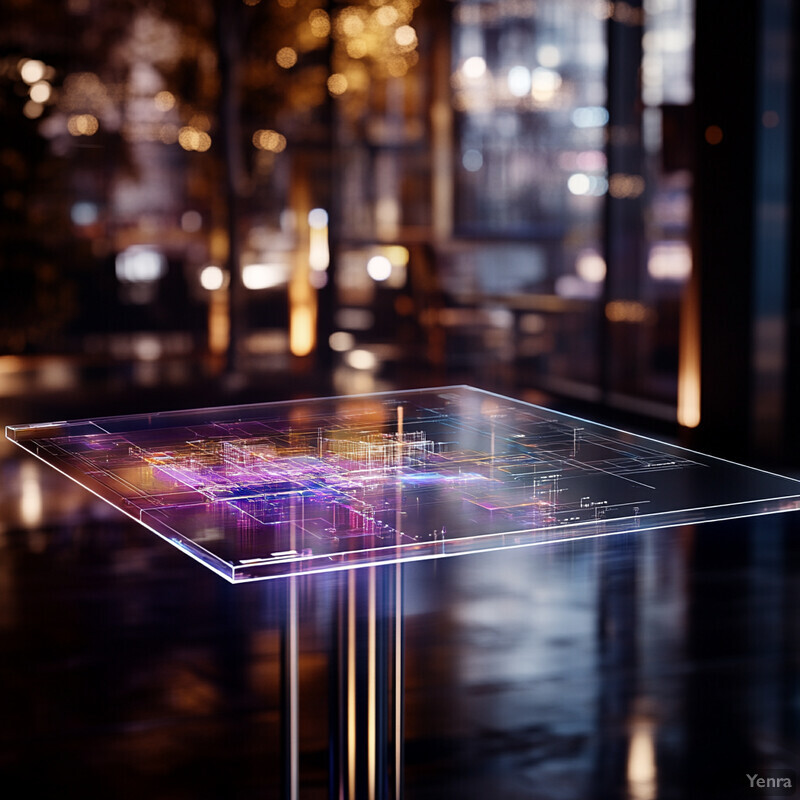
Early adopters of AI for code compliance are seeing dramatic efficiency gains. Some jurisdictions and software companies have reported that automated code compliance checking can cut plan review times by over 50%, meaning what used to take a plan examiner weeks might be done in days or hours by AI. For instance, Singapore’s building authority has been piloting an AI-based system that checks digital building models against its building codes, aiming to eventually approve straightforward submissions almost instantaneously. On the private side, startups like UpCodes in the U.S. have developed AI that scans uploaded architectural plans and flags code issues; users note that a scan often finds errors or omissions that could take human reviewers many passes to catch. These tools leverage natural language processing to “understand” code requirements and computer vision to interpret drawings. According to one case study, an architecture firm using an AI code-checker discovered it was able to identify on average 7–8 code discrepancies per project that might have been missed until late in the process, thus avoiding redesigns and resubmissions. From a cost perspective, avoiding these late changes can save thousands of dollars and weeks of delay on a project. AI is also helping with automatic generation of documentation: for example, it can produce an “electrical compliance report” or fill in an “energy calculation form” required for permits by pulling data from the BIM (Building Information Model). Beta tests show that an AI can complete such forms in seconds with data accuracy that meets or exceeds a human expeditor’s work. As regulations evolve, AI systems are updated much like a software patch, meaning designers automatically use the latest rules. A blog on construction technology noted that architects using integrated code compliance automation experienced fewer plan rejections and virtually zero cases of having to tear out and redo work for code reasons – a testament to the thoroughness of AI checks btl-blog.com . While human professionals (and city officials) still oversee and validate these processes, the heavy lifting of code compliance is increasingly shifting to AI, promising a future where “permit nightmares” are largely a thing of the past.